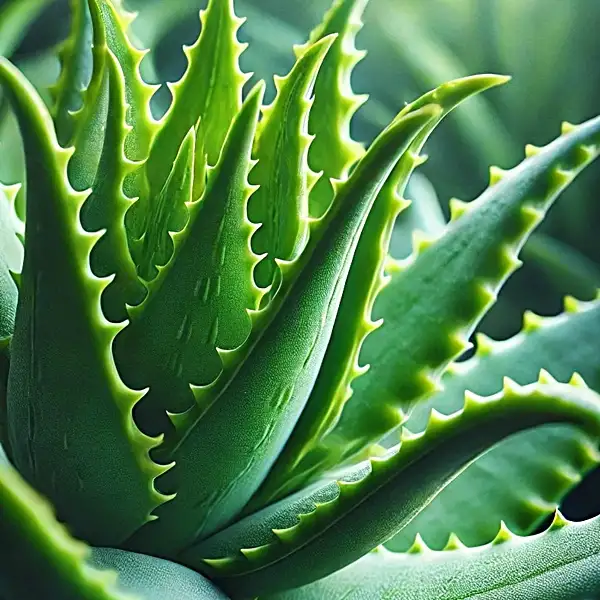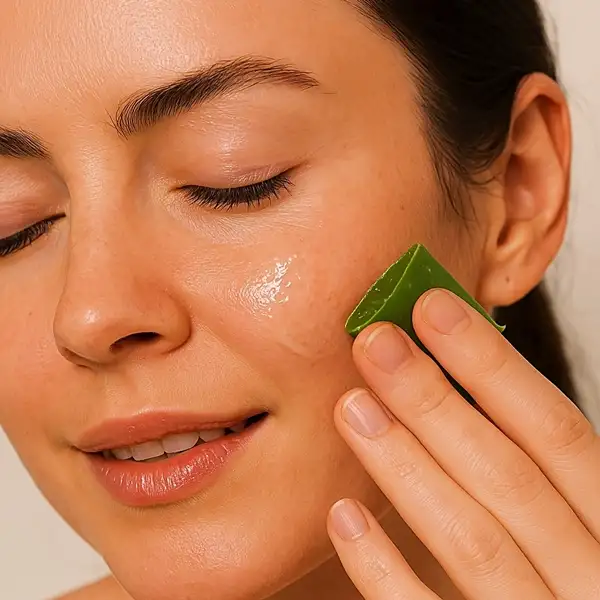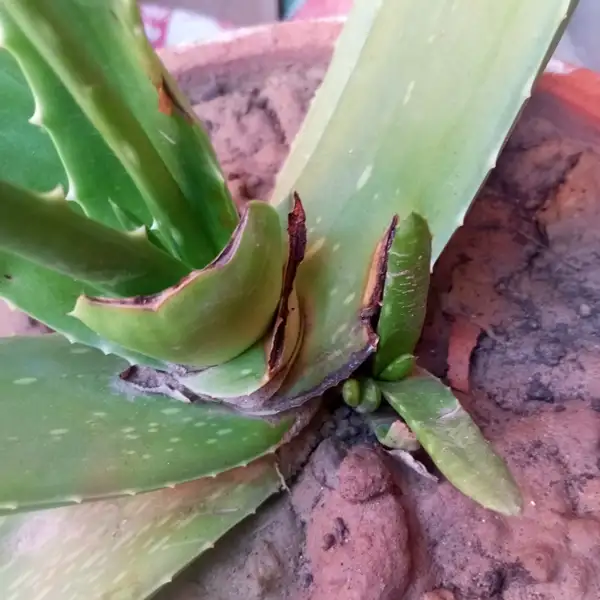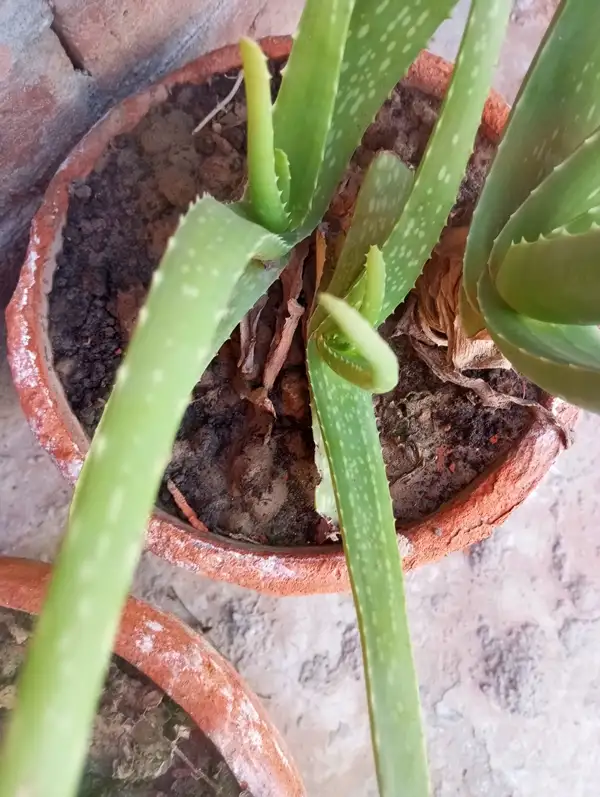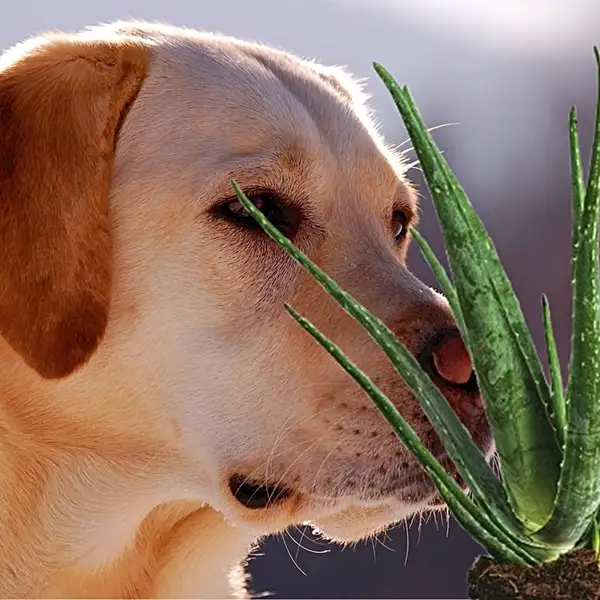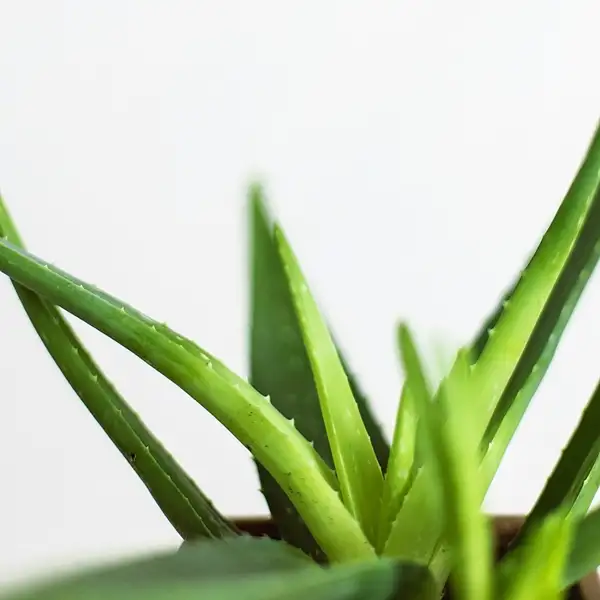Key Takeaways
| Key Takeaway | What You’ll Learn |
|---|---|
| The Secret to Propagating Aloe Without Roots | Discover the surprising way aloe vera can regrow without a root system. |
| Essential Tools for Success | Learn about the must-have items that will maximize your propagation success. |
| Step-by-Step Guide to Rootless Aloe Propagation | How to propagate Aloe Vera without roots? Follow a carefully structured method to ensure your aloe cuttings develop properly. |
| Common Mistakes That Ruin Aloe Propagation | Avoid the critical errors that cause failure and frustration in the propagation process. |
| Post-Propagation Care for Healthy Growth | Discover how to nurture your new plants and help them thrive after propagation. |
| Troubleshooting Issues in Aloe Propagation | Find expert solutions to common problems that arise during and after propagation. |
Process of Aloe Vera Propagation
Aloe vera is a popular succulent plant. It is highly appreciated for its numerous therapeutic abilities. It enhances a home’s aesthetic appeal with its unique spears & structural beauty.
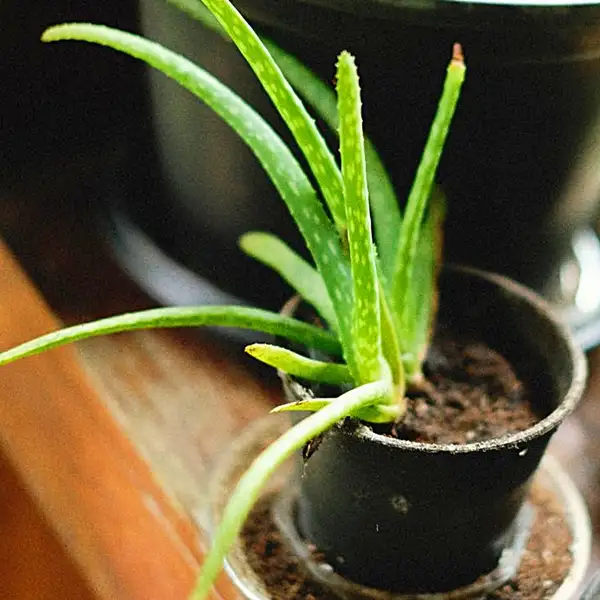
Whether you are expanding your collection or saving a plant with no roots, propagating aloe vera from leaf cuttings is an intriguing method.
The process involves removing healthy leaves from mature aloe plants. After that, the leaves need to cure or callous over for several days before planting in a suitable potting medium. It may seem simple on paper, but it requires attention to detail & careful handling of delicate leaves.
Can Aloe Vera Grow Without Roots?
Unlike some succulents, aloe vera has limited success when propagated from leaf cuttings. This is because aloe leaves store water rather than strong regenerative cells. However, in ideal conditions—with the right humidity, indirect light & minimal watering – some leaves can develop roots & eventually sprout new growth.
This method relies on meristematic cells found at base of leaf. These cells can potentially regenerate when exposed to moisture & warmth forming roots & later developing pups (small offshoots).
However, not all cuttings will survive. Factors such as leaf’s age, health & environmental conditions greatly impact success rates. While some experts discourage this method due to its unpredictability, others believe consistent care & right conditions can yield positive results.
11 Essential Tools & Equipment for Rootless Aloe Vera Propagation
Embarking on successful rootless propagation requires gathering some basic, easily accessible tools—along with plenty of patience!
| Tool/Material | Purpose | Notes |
|---|---|---|
| Sterilized Pruning Scissors or Sharp Knife |
|
|
| Well-Draining Soil Mix |
|
|
| Appropriate-Sized Containers with Drainage Holes |
|
|
| Rooting Hormone (Powder or Liquid) |
|
|
| Indirect Bright Light Location |
|
|
| Spray Bottle |
|
|
| Mesh or Small Stones |
|
|
| Heating Mat (Optional) |
|
|
| Humidity Dome or Plastic Cover |
|
|
| Antifungal Powder (e.g., Cinnamon) |
|
|
| Tongs or Gloves |
|
|
Step-by-Step Guide to Propagating Aloe Vera Without Roots
The propagation process is simple. Just follow this 10-step guide:
| Step | Action | Details | Important Notes |
|---|---|---|---|
| 1️⃣ | Select Healthy Leaves |
|
|
| 2️⃣ | Make a Clean Cut |
|
|
| 3️⃣ | Allow Callousing |
|
|
| 4️⃣ | Prepare Well-Draining Soil |
|
|
| 5️⃣ | Apply Rooting Hormone |
|
|
| 6️⃣ | Plant Leaf Cuttings |
|
|
| 7️⃣ | Water Sparingly |
|
|
| 8️⃣ | Provide Indirect Bright Light |
|
|
| 9️⃣ | Monitor Growth |
|
|
| 🔟 | Transplant Once Stable |
|
|
5 Serious Mistakes to Avoid
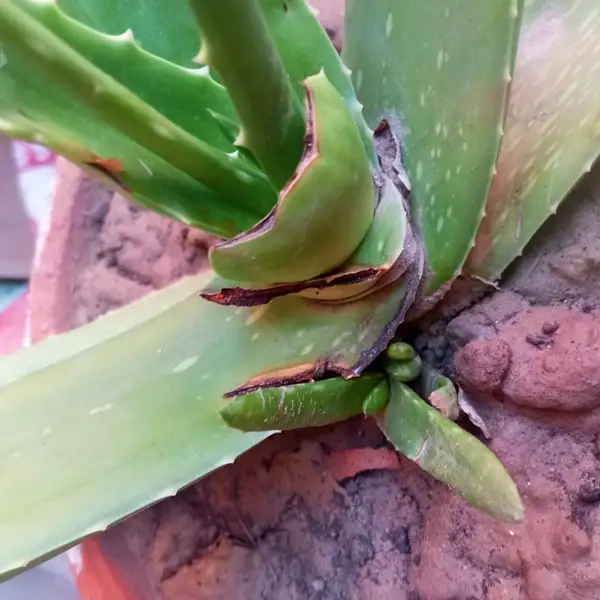
Propagation missteps are common even among seasoned gardeners primarily stemming from lack of proper knowledge, incorrect watering patterns, etc., causing frustration owing to often unsuccessful results despite repeated endeavors.
Let us explore some red flags warranting immediate attention:
| Mistake | Consequence | Prevention |
|---|---|---|
| Overwatering |
|
|
| Using Older or Unhealthy Leaves |
|
|
| Neglecting Tool Sterilization |
|
|
| Skipping the Callousing Step |
|
|
| Over-Reliance on Rooting Hormone |
|
|
7 Top Post-propagation Care Tips for Rootless Aloe Vera Plants
Once your aloe cuttings have successfully rooted & started showing signs of new growth, consistent & careful nurturing is essential to ensure development of healthy & mature aloe vera plants. This significantly improves their survival chances, especially during early developmental phase, which, unfortunately, is when mortality rates are highest.
| Care Aspect | Recommendation | Notes |
|---|---|---|
| Light Exposure |
|
|
| Watering Frequency |
|
|
| Humidity Control |
|
|
| Soil Condition |
|
|
| Pest Monitoring |
|
|
| Growth Observation |
|
|
| Transplanting |
|
|
7 Common Problems in Rootless Aloe Vera Growth (+ How to Fix Them)
Sometimes, despite our best efforts, leaf-cutting propagations fail due to a lack of crucial care points that are often overlooked, either out of ignorance or negligence.
| Problem | Indicator | Solution |
|---|---|---|
| Discolored/Yellowing/Wilting Leaves |
|
|
| Overwatering |
|
|
| Poor Root Formation |
|
|
| Pest Infestations |
|
|
| Drying or Shriveling Leaves |
|
|
| Rot at Cut End |
|
|
| Slow or No Growth |
|
|
Keep Going: Learn, Improve & Succeed in Aloe Propagation!
Don’t lose hope if your attempts fail.
Focus on gaining knowledge & refining your prevention tactics. Experience is the best teacher for successful aloe vera propagation!
Keeping this nitty-gritty in mind will surely lead to healthy & well-rooted aloe vera plants.
Frequently Asked Questions
What do I do if my aloe plant has no roots?
Let the plant callous over (placing it in a warm & shaded area) for a week, then plant it in well-draining soil. Apply rooting hormone to encourage growth. Keep it in indirect light & water sparingly to prevent rot.
How to regrow aloe vera in water?
Aloe vera does not thrive in water. If attempting, place the base in shallow water, ensuring minimal contact. Watch for rot & transfer to soil once roots form. It cannot stay in water permanently.


